Introduction to Induction Cooking and Cookware Needs
Induction cooking is revolutionizing kitchens across the world—offering speed, efficiency, and precise temperature control. But with these modern stoves comes a challenge: not all cookware works with induction.
If you’re shopping for the best induction cookware sets, understanding compatibility, performance, and design is essential. This guide breaks down everything you need to know—from technology and materials to real-world reviews—so you can choose a set that performs beautifully on your induction cooktop for years to come.
What Makes Cookware Induction-Compatible?
Induction cooktops function through electromagnetic energy. Unlike gas or electric ranges that transfer heat from flame or coils, induction cooktops generate heat directly in the pan through a magnetic field.
For cookware to work on an induction stove, it must meet two key requirements:
1. Ferromagnetic Material
The base must be made of a magnetic metal—cast iron, carbon steel, or magnetic stainless steel. If a magnet sticks to the bottom of the pan, it will likely work.
2. Flat Bottom
The cookware must sit flush on the cooktop’s surface. A warped or ridged base limits contact, reducing efficiency.
Key Features to Look for in Induction Cookware Sets
When choosing a cookware set for induction cooking, consider the following attributes:
1. Material Composition
- Impacts heat retention, durability, and responsiveness.
- Stainless steel is popular for its durability.
- Nonstick is easier to clean but less long-lasting.
2. Base Design
- Clad (multi-layered) cookware offers even heating.
- A bonded base is acceptable for many use cases.
3. Handle and Lid Design
- Riveted handles are more secure.
- Tempered glass lids help monitor food without lifting.
4. Oven & Dishwasher Safety
- Check for temperature limits.
- Some nonstick surfaces degrade with heat or dishwasher exposure.
Types of Materials Used in Induction Cookware
Here’s a breakdown of the most common materials used in induction-compatible cookware:
| Material | Induction-Compatible | Pros | Cons |
|---|---|---|---|
| Stainless Steel (Magnetic) | ✅ | Durable, dishwasher-safe, versatile | Can be prone to sticking |
| Hard-Anodized Aluminum (Bonded) | ✅ With Base | Lightweight, nonstick, heats fast | Needs bonded magnetic base |
| Copper Core (Clad) | ✅ If Magnetic Outer Layer | Responsive, fast heating | Expensive, requires care |
| Cast Iron | ✅ | Naturally magnetic, excellent heat retention | Heavy, requires seasoning |
| Enameled Cast Iron | ✅ | Rust-proof, easier to clean | Pricey, heavy |
Best Induction Cookware Sets in 2025 – Top Picks Compared
| Cookware Set | Material | Pieces | Price | Best For |
|---|---|---|---|---|
| All-Clad D3 Stainless Steel | Clad Stainless Steel | 10 | $$$ | Best Overall |
| T-fal Ultimate Hard Anodized | Aluminum with Base | 12 | $ | Best Budget |
| Demeyere Industry 5 | 5-Ply Stainless Steel | 10 | $$$$ | Best Premium |
| Calphalon Premier Nonstick | Hard Anodized Nonstick | 11 | $$ | Best Nonstick |
| Cuisinart Multiclad Pro | Clad Stainless Steel | 12 | $$ | Best for Beginners |
Best Overall: All-Clad D3 Stainless Steel 10-Piece Set
A long-time favorite among chefs and home cooks, the All-Clad D3 set combines 3-ply stainless steel with an aluminum core, delivering precise, even heating across all cooking surfaces—including induction.
Pros:
- Durable, professional-grade construction
- Dishwasher-safe
- Oven-safe up to 600°F
Cons:
- Pricey, but worth the investment
Best Budget: T-fal Ultimate Hard Anodized 12-Piece Set
For those looking for a budget-friendly induction option, T-fal’s Ultimate set is unbeatable. It includes thermo-spot indicators, nonstick interiors, and a bonded magnetic base.
Pros:
- Affordable and complete set
- Easy to clean nonstick
- Induction-compatible base
Cons:
- Lower durability over time
- Not suitable for very high heat
Best Premium: Demeyere Industry 5-Ply 10-Piece Set
Demeyere is the gold standard for induction cookware in Europe. Their Industry 5 line uses five layers of steel and aluminum to deliver unmatched performance.
Pros:
- Ultra-even heating
- Beautiful satin finish
- Dishwasher- and oven-safe
Cons:
- Expensive
- Heavy pans
Best Nonstick: Calphalon Premier Space-Saving Set
This stackable set saves up to 30% more space and includes hard-anodized aluminum with a magnetic base for induction use.
Pros:
- Compact storage
- Great nonstick performance
- Compatible with all stovetops
Cons:
- Lower lifespan compared to stainless
- Can’t use metal utensils
Best for Beginners: Cuisinart Multiclad Pro 12-Piece Set
The Multiclad Pro offers incredible value, featuring triple-ply construction and a brushed stainless finish for excellent induction performance.
Pros:
- Excellent heat control
- Moderate price
- Versatile for daily use
Cons:
- Handles get hot
- Some pieces are small
Buying Guide: How to Choose the Right Induction Set for Your Kitchen
Selecting the right cookware set for your induction cooktop depends on your cooking habits, kitchen setup, and budget. Here are some factors to consider:
1. Cooking Style
- Frequent Home Cooks: Invest in higher-end clad stainless steel or hybrid sets for durability and responsiveness.
- Occasional Cooks: Budget-friendly options with essential pieces like T-fal or Cuisinart may suffice.
2. Number of Pieces
More isn’t always better. Look for sets that include what you’ll actually use:
- Essentials: 2 saucepans, 1 sauté pan, 1 stockpot, 2 skillets
- Extras: Steamer inserts, lids, Dutch ovens, grill pans
3. Storage Space
If your kitchen has limited space, stackable or nesting sets like Calphalon Premier can be a real asset.
4. Heat Tolerance & Oven Safety
Check the oven-safe temperature. Some nonstick coatings degrade above 400°F, while stainless sets often handle 500–600°F safely.
5. Compatibility with Other Heat Sources
Many people use multiple stovetops. Choose cookware that works on gas, electric, and induction if you want versatility.
Induction Compatibility Symbols and Testing Tips
1. Look for This Symbol
Induction-ready cookware usually features a coiled spring or zigzag line icon on the bottom or packaging.
2. Perform the Magnet Test
Stick a magnet to the base. If it sticks strongly, the pan is compatible.
3. Check Manufacturer Labels
Legitimate induction-compatible cookware will explicitly state induction compatibility and sometimes indicate optimal burner size ranges.
4. Try It on Your Cooktop
Place the pan on the induction burner and turn it on. If the cooktop gives a heat signal or timer, it’s working. If it displays an error (like “E0”), it’s not compatible.
Maintenance Tips for Induction Cookware Sets
Caring properly for your induction cookware ensures better performance and a longer lifespan.
For Stainless Steel
- Avoid overheating: it causes discoloration.
- Clean with a paste of baking soda and water for stubborn stains.
- Use nylon scrubbers, not steel wool.
For Nonstick
- Never use metal utensils.
- Avoid cooking sprays which leave residue.
- Hand wash for longevity, even if “dishwasher safe.”
For Hard-Anodized Aluminum
- Clean with soft sponges.
- Avoid dishwasher use unless specifically stated.
General Induction Tips
- Don’t drag heavy pans across the cooktop—lift instead.
- Keep pan bases clean to avoid scratching the glass surface.
- Use cookware with flat bottoms for maximum contact and efficiency.
Common Mistakes to Avoid When Buying Induction Cookware
1. Choosing Based on Appearance
Glossy exteriors don’t equal induction compatibility. Focus on construction and base material instead.
2. Overlooking Flatness
Even slightly warped pans may not work or will heat unevenly on induction cooktops.
3. Ignoring Heat Distribution
Poorly constructed pans (especially budget stainless steel) may have hot spots or uneven cooking.
4. Buying Too Many Pieces
More pieces can look attractive but may include items you never use. Focus on utility over quantity.
5. Falling for Branding Alone
Brand names don’t always mean quality. Read specifications, user reviews, and product build details.
Frequently Asked Questions (FAQs)
1. Can I use any cookware on an induction cooktop?
No. Only cookware made with magnetic materials (like cast iron or some stainless steels) works with induction.
2. What is the best material for induction cookware?
Clad stainless steel offers a great balance of heat distribution, durability, and compatibility. Cast iron is also excellent, especially for searing and slow cooking.
3. Are nonstick pans safe on induction stoves?
Yes, but only if they have a magnetic base. Always check the bottom for induction markings or test with a magnet.
4. Is aluminum cookware induction-compatible?
Only if it has a bonded stainless steel base. Pure aluminum doesn’t work on induction.
5. Do I need special lids for induction cooking?
No, but tight-fitting lids help conserve heat and improve cooking performance on any stove type.
6. Will induction cookware work on other cooktops?
Yes! Most induction-ready cookware also works on gas, electric, and ceramic stoves.
Conclusion
Induction cooking is efficient, safe, and powerful—but only if you pair it with the right cookware. Choosing from the best induction cookware sets means evaluating not just material and brand, but how the cookware fits your kitchen needs and cooking style.
Whether you opt for the professional performance of All-Clad, the space-saving convenience of Calphalon, or the budget-friendly durability of T-fal, the key is understanding the build quality, compatibility, and care requirements of your chosen set.
🔑 Final Recommendations:
- For professional performance: All-Clad D3 or Demeyere Industry
- For everyday functionality: Cuisinart Multiclad Pro
- For tight budgets: T-fal Ultimate Hard Anodized
- For nonstick lovers: Calphalon Premier
By making a smart investment today, you’ll enjoy seamless induction cooking and delicious results for years to come.
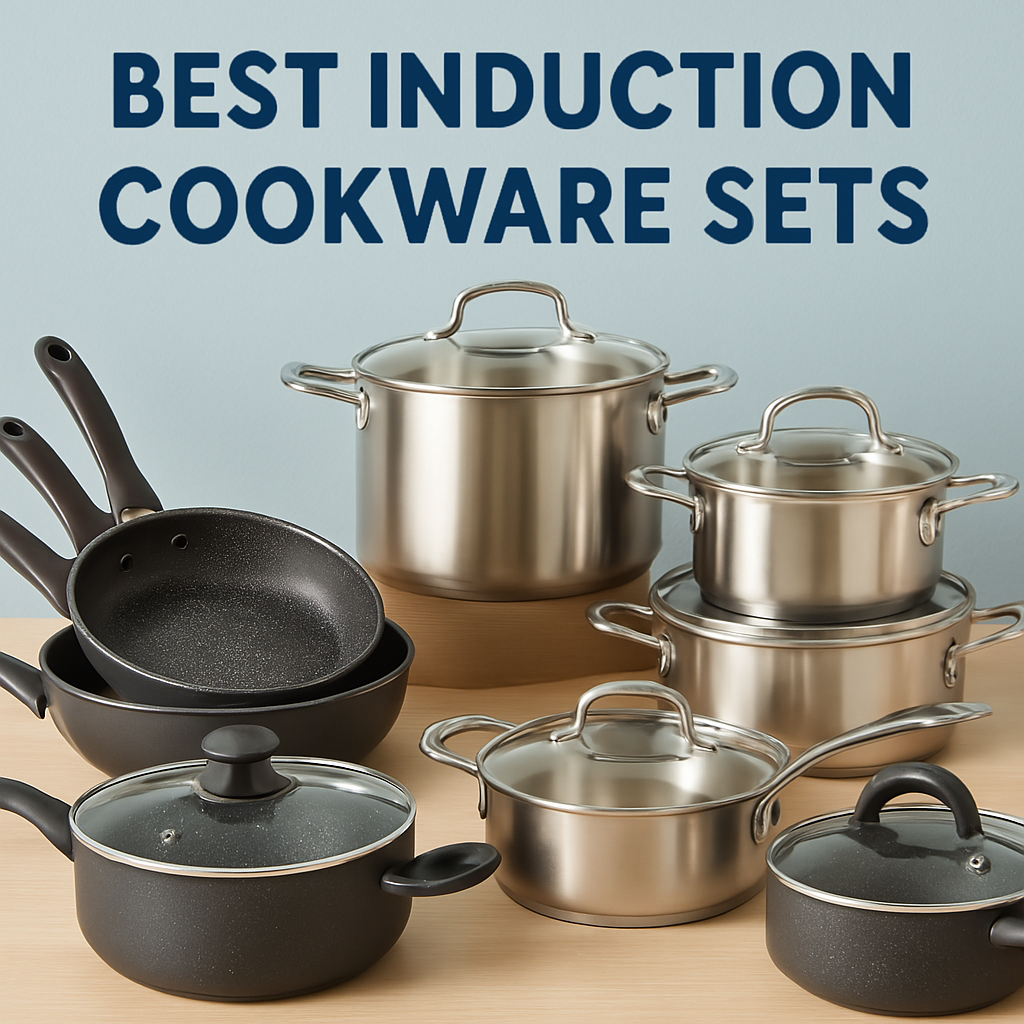

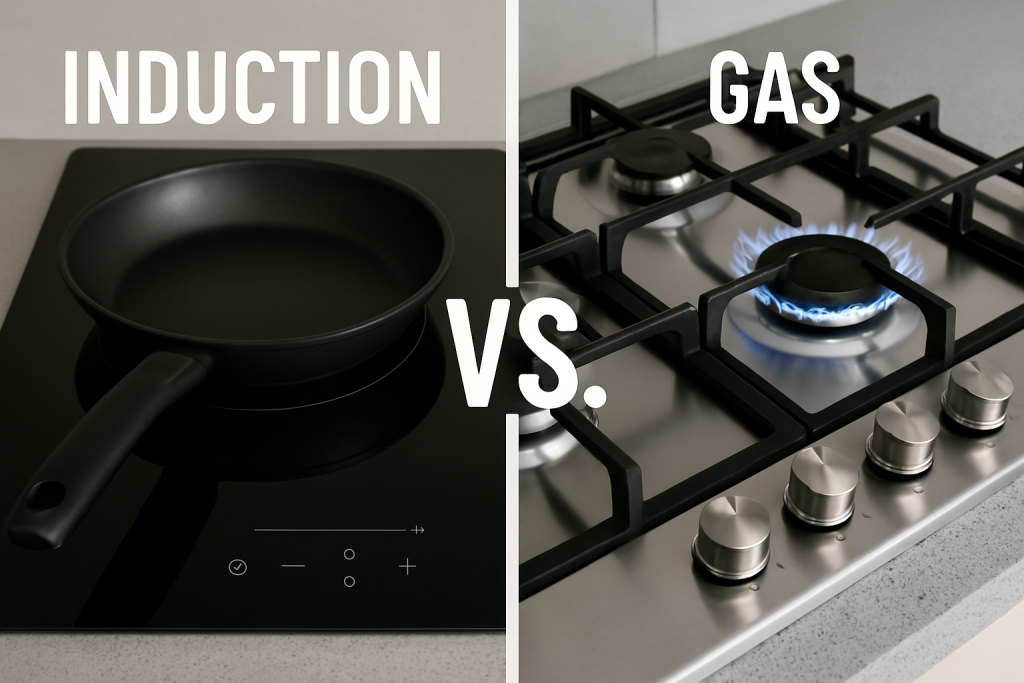
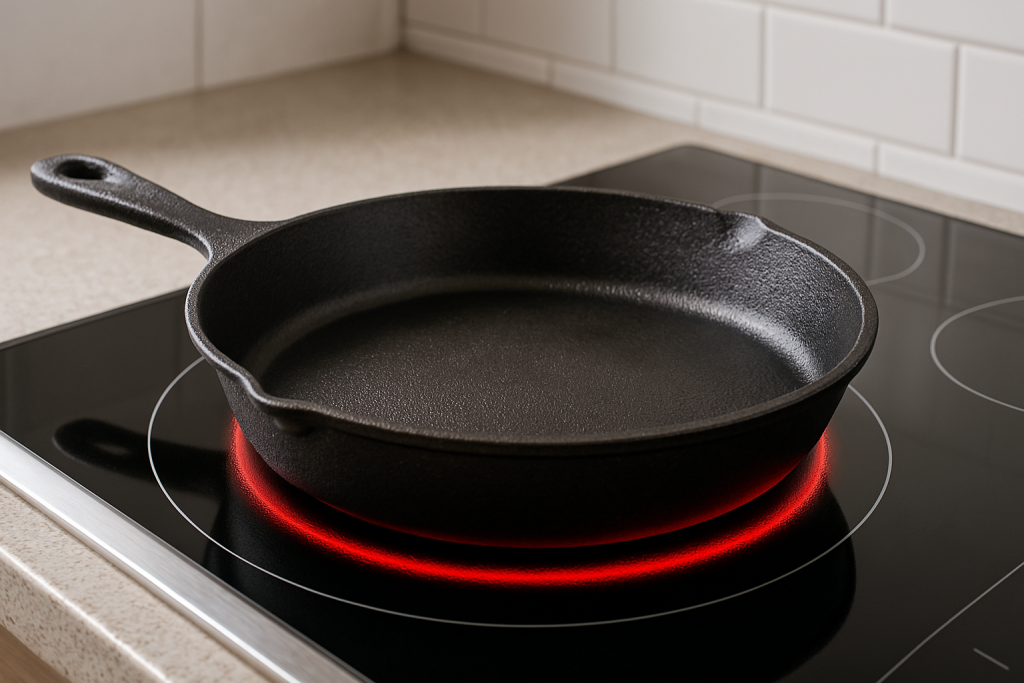
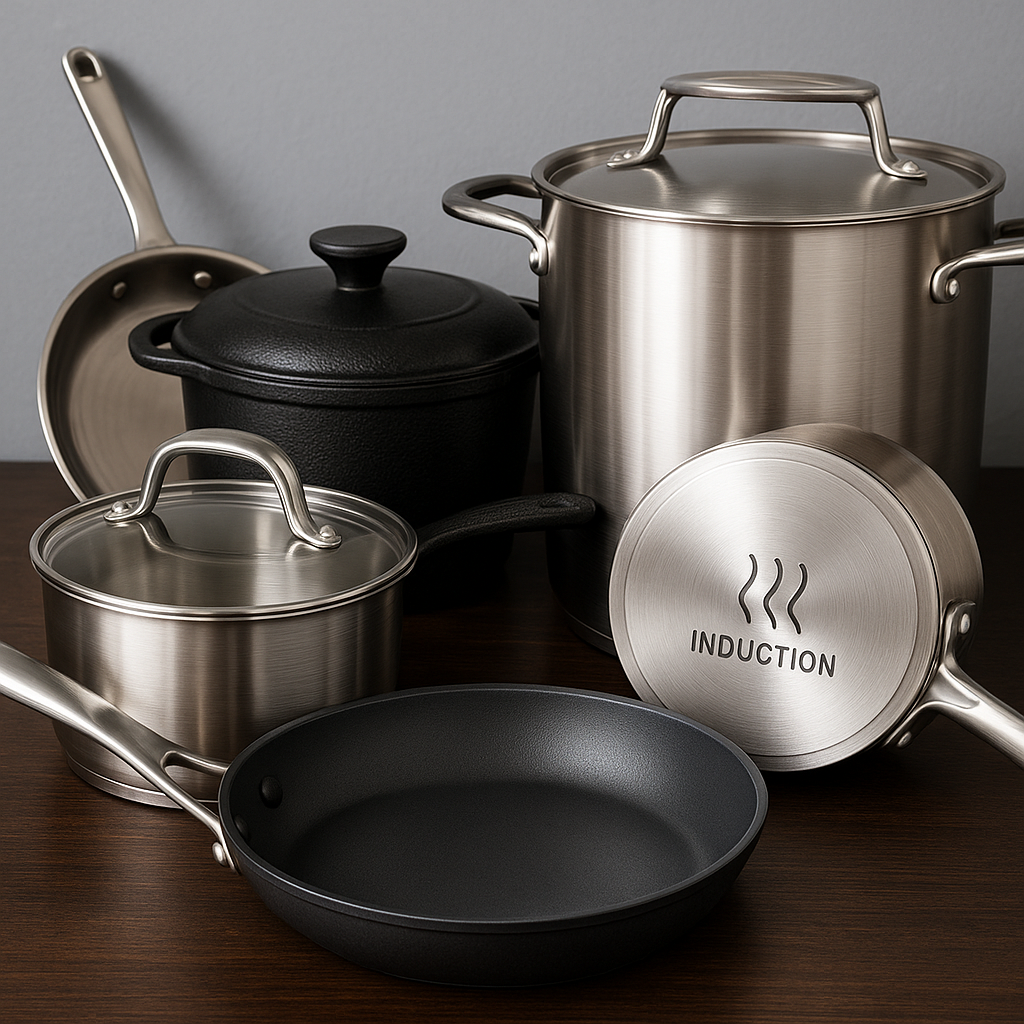
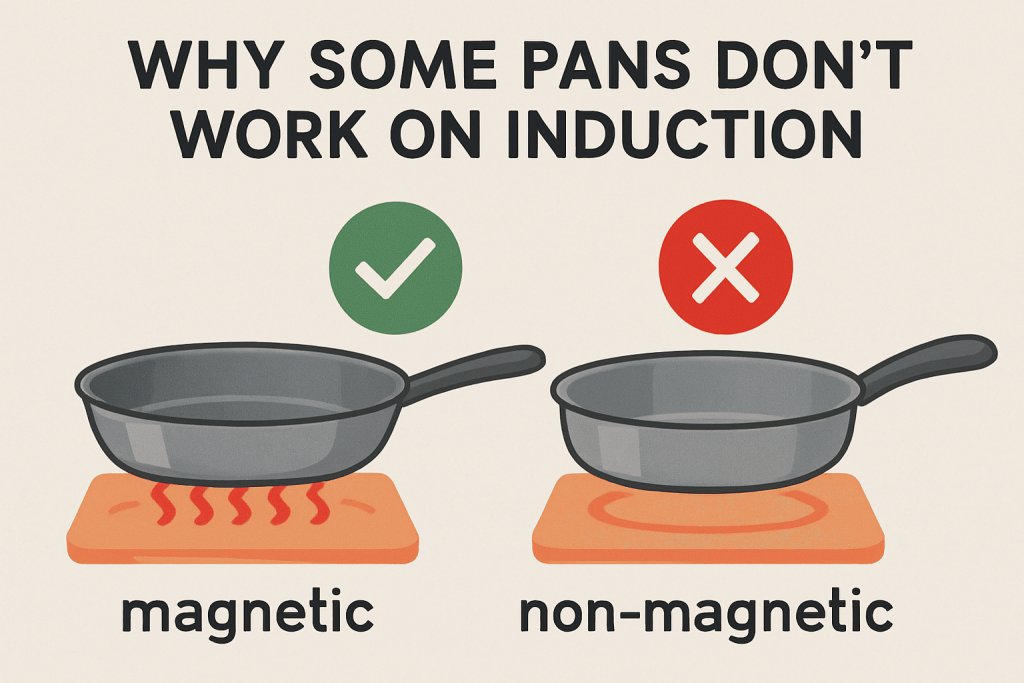
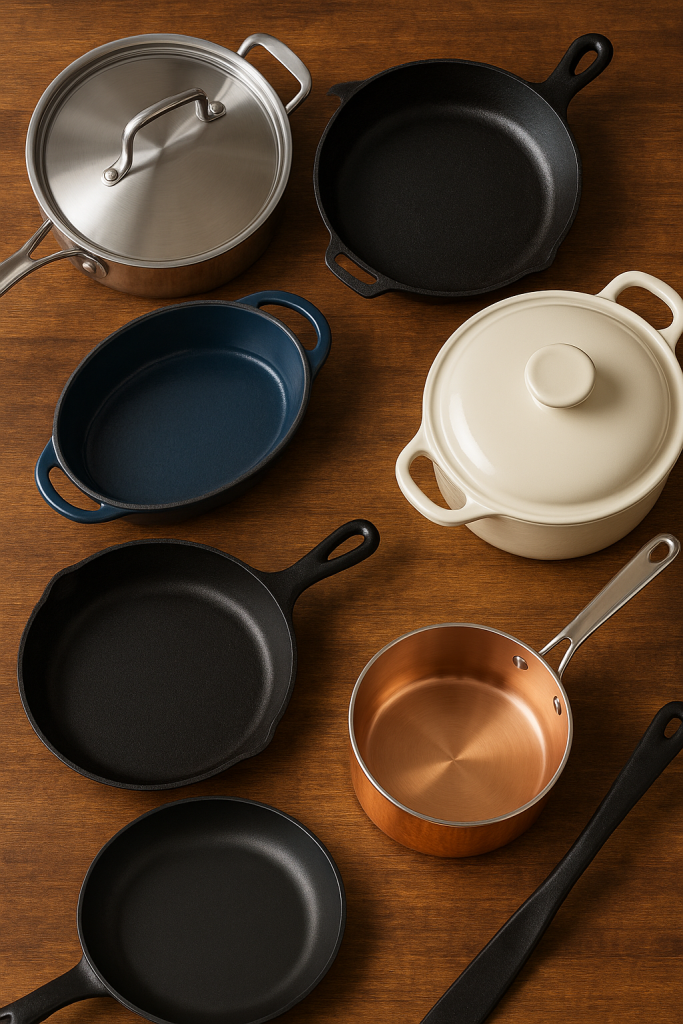
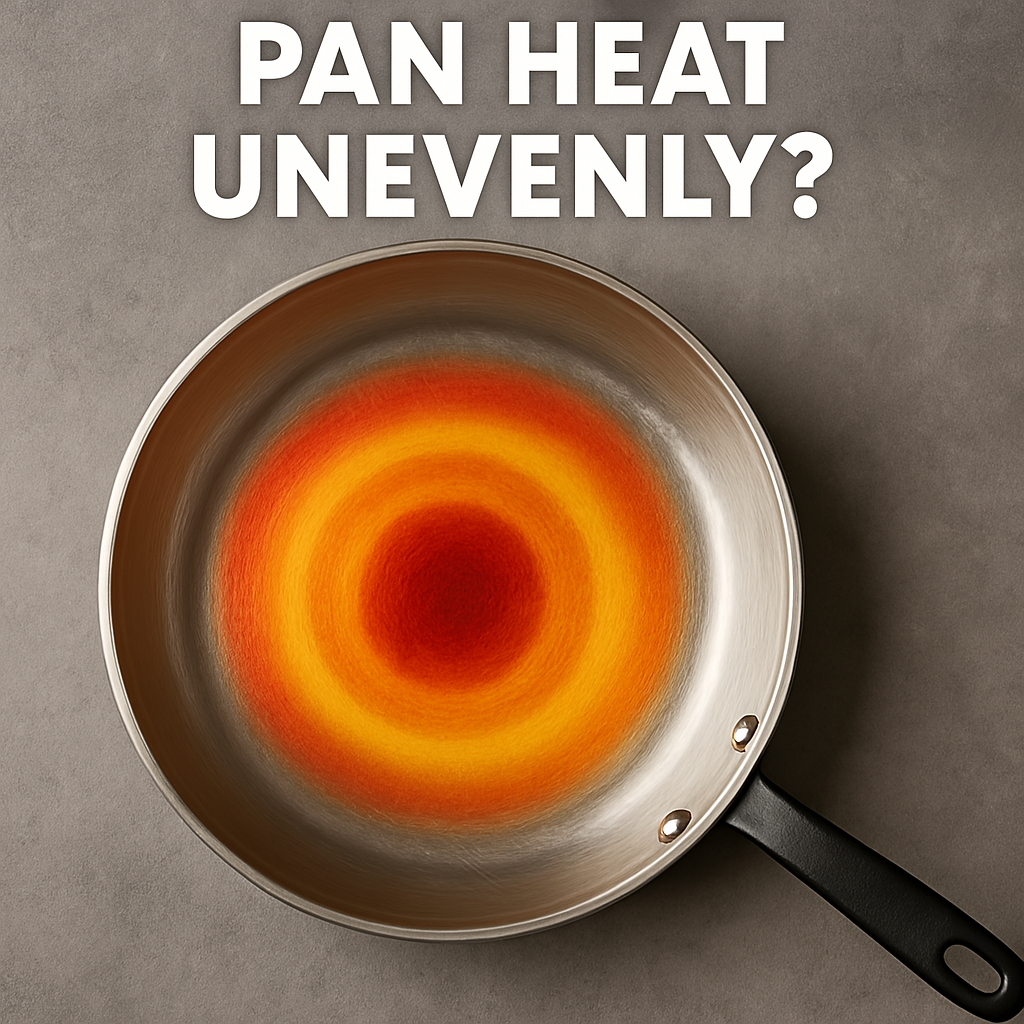
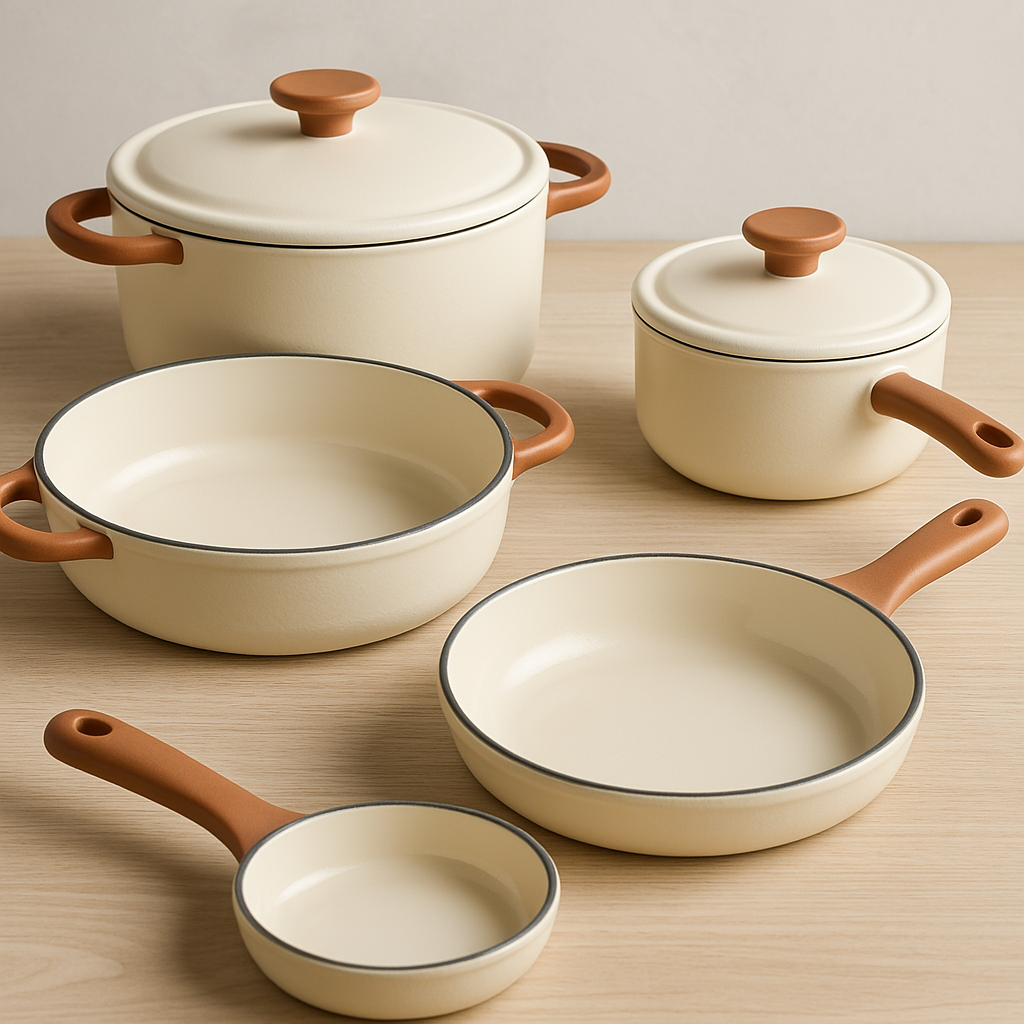
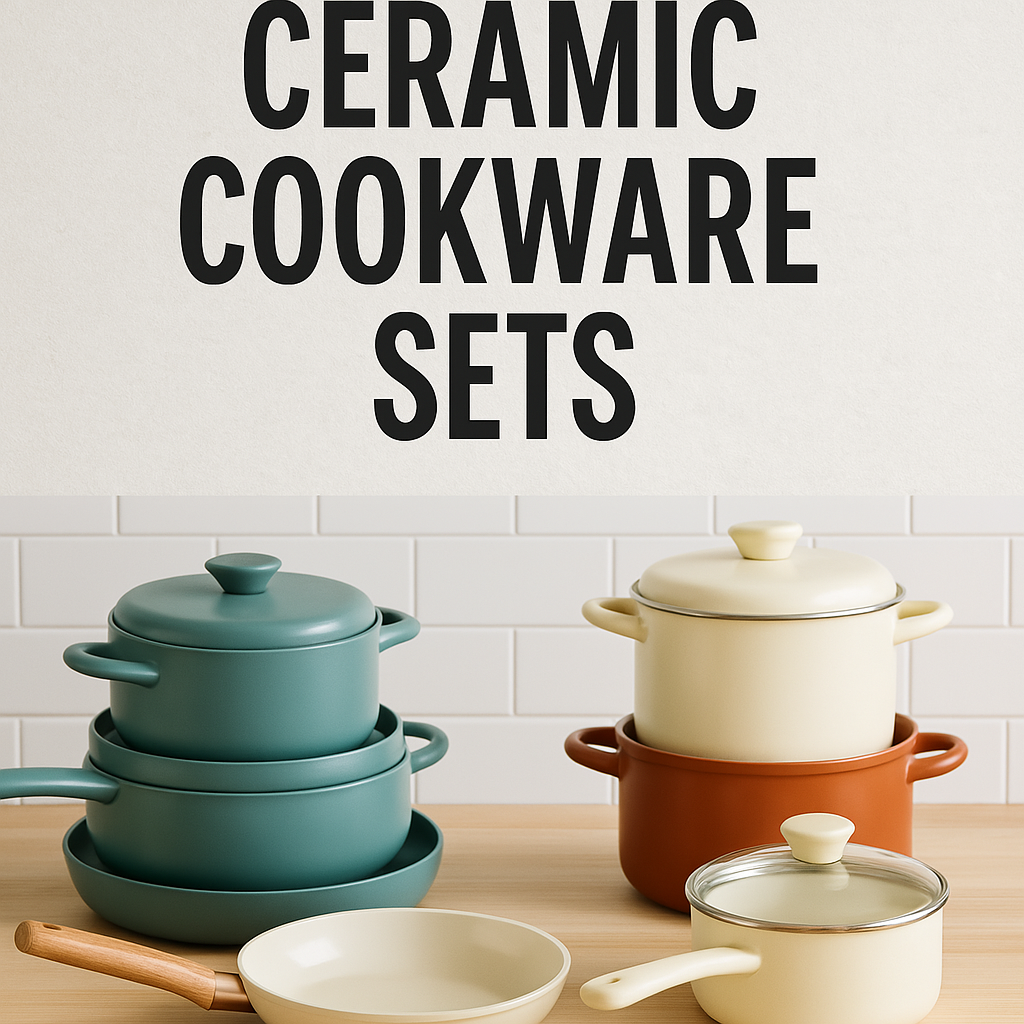
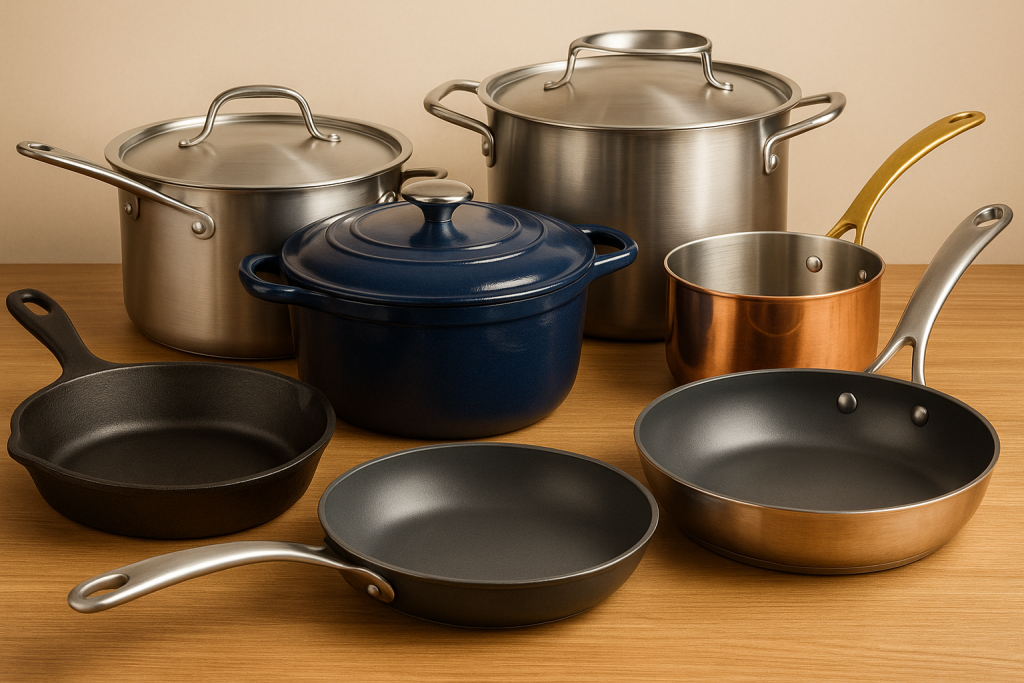
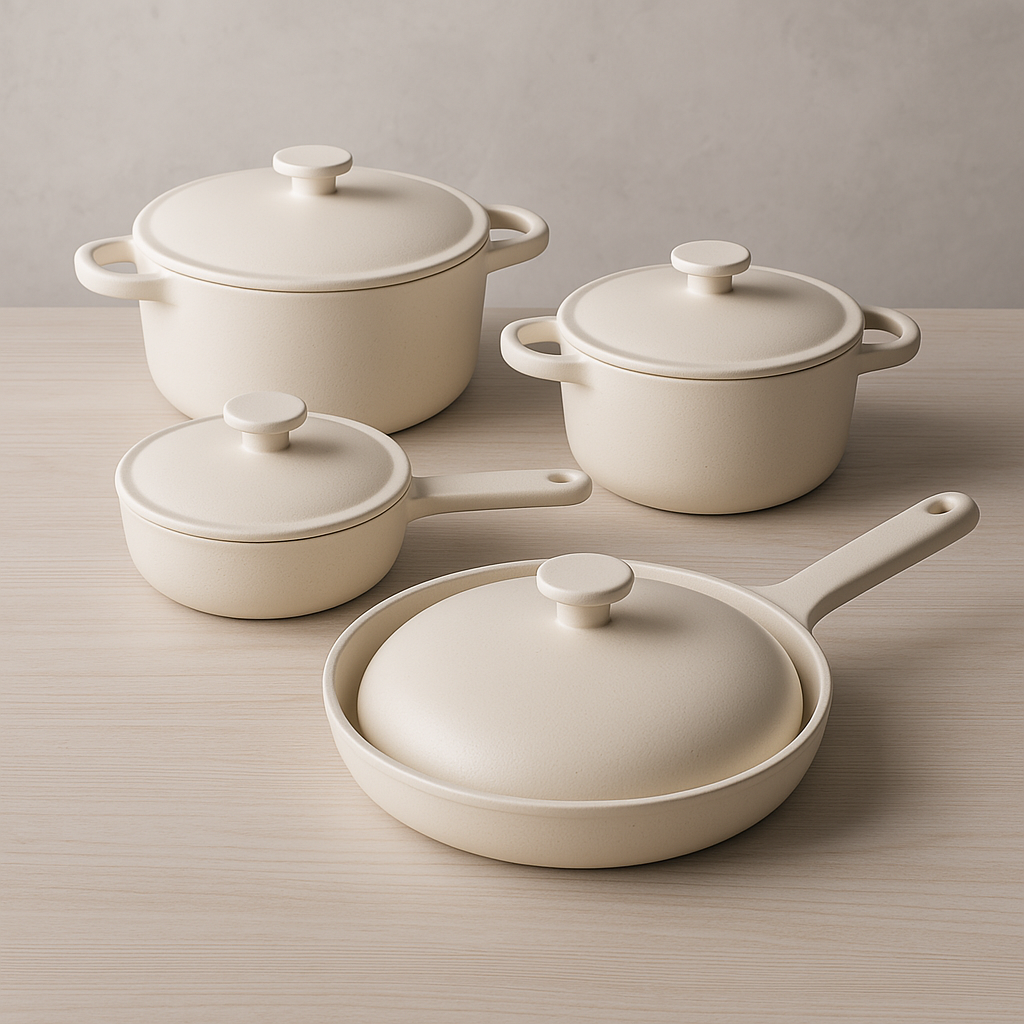
Leave a Reply